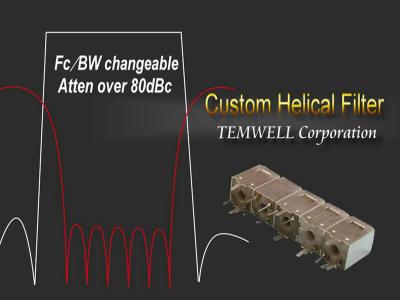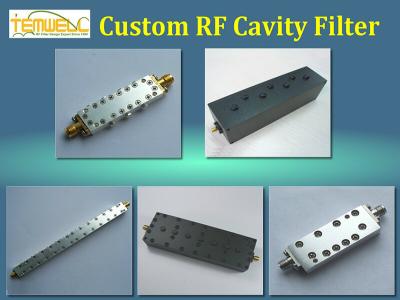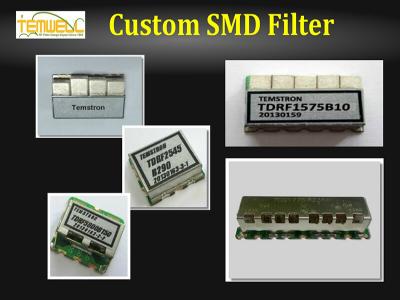5G-Medical IoT database solution

5G IoT (Internet of Things) has changed peoples’ lives. IoT could help to support a connected medical system. Information can be transferred more efficiently between different parts of the medical system. Medical IoT can also assist living and chronic disease monitoring. In processing large amounts of continuously streaming data from connected medical devices, doctors are able to reach actionable conclusions more quickly and reliably. IoT in healthcare's applications can benefit patients, families, physicians, hospitals and insurance companies.
Medical IoT applications:
1. IoT for Patients - wearables, blood pressure, heart rate monitoring cuffs, glucometer, etc.
2. IoT for Physicians - By using home monitoring equipment embedded with IoT, physicians can keep track of patients’ health more effectively. Data collected from IoT devices help physicians identify the best treatment process for patients.
3. IoT for Hospitals - IoT devices with sensors are used for tracking medical equipment (wheelchairs, defibrillators, nebulizers, oxygen pumps and other monitoring equipment). IoT devices also help in asset management like pharmacy inventory control, environmental monitoring (checking refrigerator temperature, humidity, temperature control, etc).

The advantages of IoT in medical include:
1. Cost Reduction: IoT enables monitoring patient, cutting down unnecessary visits to doctors, hospital stays
2. Improved Treatment: Physicians enable to make evidence-based informed decisions
3. Faster Disease Diagnosis: Continuous patient monitoring and data helps in diagnosing diseases early or before the disease develops based on symptoms
4. Proactive Treatment: Continuous real-time health monitoring opens the doors for providing proactive medical treatment
5. Drugs and Equipment Management: Through connected devices, these are managed and utilized efficiently with reduced costs
6. Error Reduction: Data generated through IoT devices can ensure smooth healthcare operations with reduced errors, waste and system costs
The Federal Communications Commission recommends the following frequency bands for medical devices:

Medical IoT bands are also used for Bluetooth, WiFi, cordless phone, printer, keyboard, mouse, garage door opener, and countless other wireless gadgets. It is the most widely used frequency band. Therefore they are crowded and noisy. The medical IoT device collects and transmit data real-time. For work right and unimpeded by other signal interference, the medical device will need large bandwidth and stable filter to help.
Remove signal interference is hard, Temwell’s filters make it easier. Temwell’s products includes helical filter, cavity filter, SMD filter which can cover IoT medical bands. Our stable rf filters products can support variety of possible applications in medical IoT. For any questions, please contact our sales.
Custom Solution:
Helical Filter
 |
Custom Support
|
Cavity Filter
 |
Custom Support
|
SMD Filter
 |
Custom Support
|

















